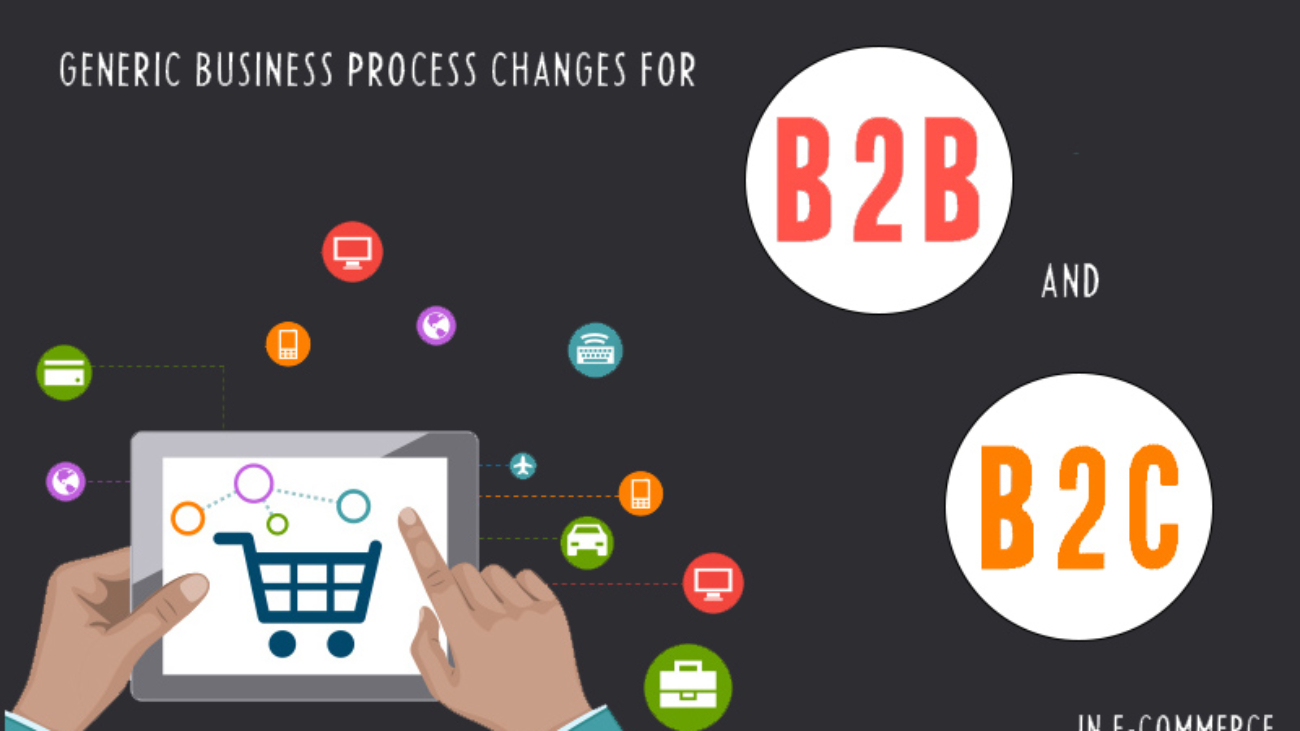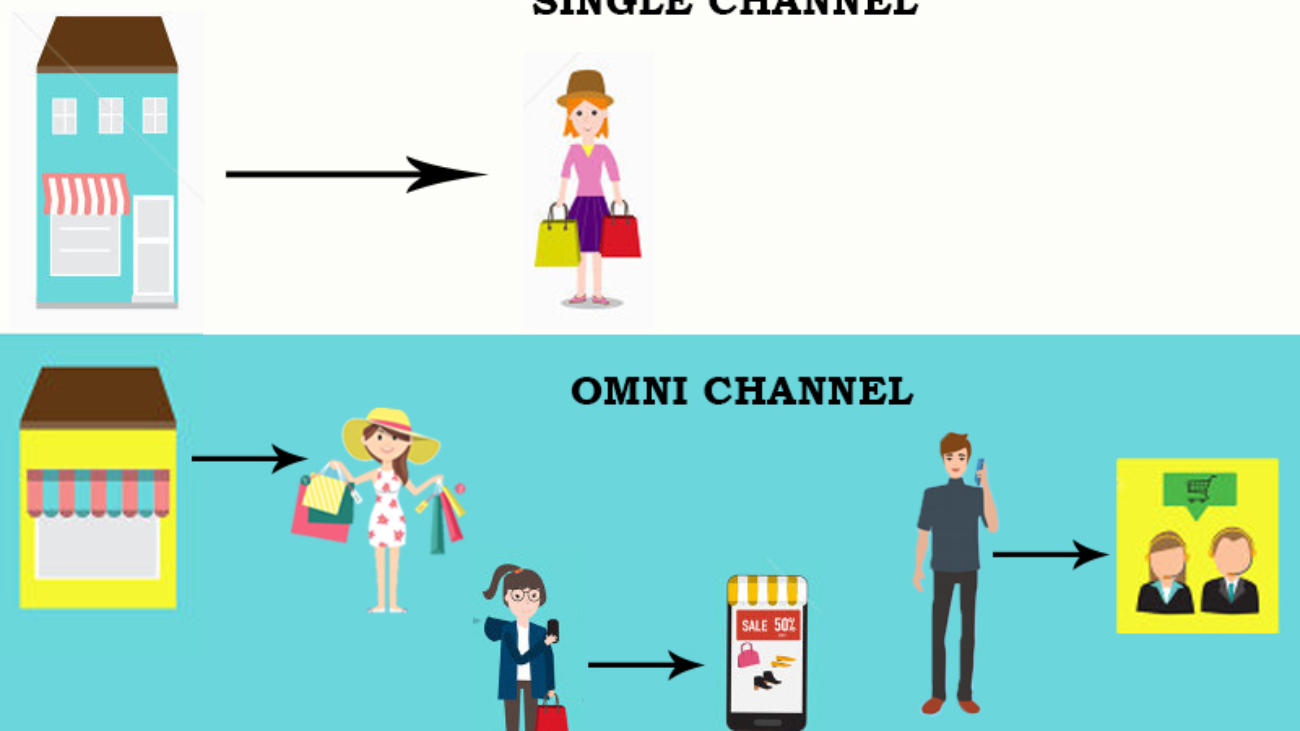The eCommerce Catalog Building and Indexing enhances a customer’s shopping experience online. Retailers are looking for ways to keep B2B and B2C customers informed and engaged about the products in their e-store. A well managed online product catalog helps to meet customer behaviors by ensuring visibility for your products. A clear and concise catalog will highlight your company as well as build trust and credibility between the customer and your business.
ECommerce Catalog Management is the process of organizing data in a consistent, user-friendly, attractive manner across all sales channels like Digital channels such as Websites, Apps, Automated Retail such as self-service kiosks, Resellers, Whole sellers, Agents and others.
The online catalog provides precise information about your e-store products such as product name, descriptions, price, supplier or manufacturer information, and other related product details. Any information regarding the products needs to be accurate for customers to identify with the product they are looking for.
People are spending more time online than ever, so it is imperative for retailers to have catalog data that gives the best online experience. Products with vague information result in loss of business revenue. An organized data that is cataloged gives users the opportunity for product discovery which is crucial for sales conversion.
Here are the benefits of Catalog Building and Indexing that retailers cannot overlook.
1. Instant launch of New Products in the market
Retailers are launching new products every month; they need to be instantly available for customers over multiple channels. It can take 30 to 60 days for products to go from offline to online digitization. Catalog management like Automated tagging of inventory helps to classify inventory into appropriate categories by auto-generating product attributes, data discrepancies, and fixing data inconsistencies. Automated enriched product data will be enriched, consistent and uploaded for the customers across all sales channels simultaneously.
2. Better Omni Channel Experience due to Automated Tagging
Automated Retail Solutions helps in product accuracy and to keep track of inventory on a real-time basis. Retailers need precise inventory statistics for sales and that is enabled by correct categorization of products. Automated product with catalog management tags help brands to keep track of stocks providing a hassle-free omnichannel experience for their customers.
3. Increased Loyalty Base from Customers
Traditional manual product tagging procedures require a lot of man-hours for eg: tagging 200 to 300 products a day can take up to 30-40 hours. With high possibilities of inaccuracies that can range from visual inaccuracy to misclassified product title; to wrong tags, automated tagging is a saving grace for many retailers and distributors to get the tens of thousands of tagging products in minutes with accuracy. Customers will be able to locate products closest to what they are looking for giving them a good online experience making them loyal to the brand.
4. Faster discovery of products by Customers
Catalog building and indexing in the order that is filtered by Manufacturer, Brand, Price, Type, Products, and more; allows high-quality and unified product information to be visible and helps customers narrow their search preferences faster. With the right categorization, chances of shoppers discovering and buying a product are more likely resulting in more transactions.
5. Real Time Inventory Visibility reducing the gap between Demand and Supply
Retails can gauge their product stock better with the catalog management process. This allows them to gauge their inventory such as categories, subcategories, images, layout, and more; for their audiences with varied preferences in purchasing patterns. So, for a retailer, its a must to accurately tag products in their inventory to ascertain their product stock better. This helps to analyze the inventory stock based on the product categories. And also, helps to connect with audiences enabling smarter merchandising and better forecasting of business revenue. Catalog management helps retailers tend to customer demands in real-time.
Conclusion
Catalog Building and Indexing processes help to acquire consistent product databases by identifying duplicates, correcting errors, standardizing naming, titles. Moreover, it helps retailers, distributors, and manufacturers to take stock of inventory and connect their products with the right consumers online.
Altius technologies enhance customer experience by making important product information quickly and easily accessible. So, you can avail Altius’ Catalog Building and Indexing Services for a faster time-to-market. Thus helping customers discover your products quickly and efficiently.










